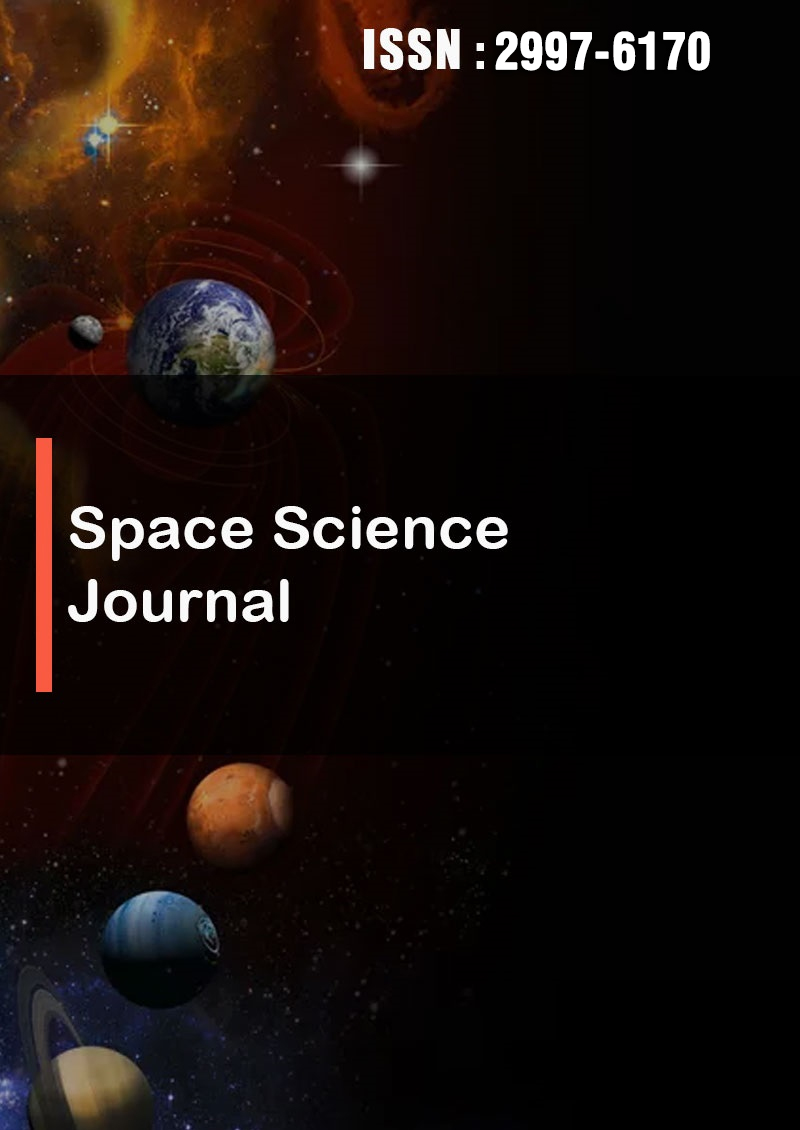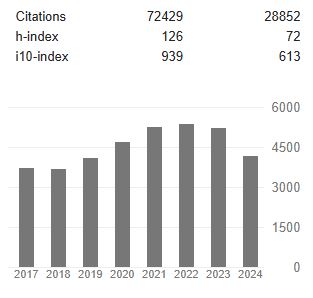On the Alternative Special Theory of Relativity Applicable to Physical Theorems of Rotation in the Uniform Rotating Frames
Abstract
Pu Guangyi
Albert Einstein formulated the Special Theory of Relativity in 1905 based on the principles of relativity and constancy of light velocity principles. The Lorentz transformation, applicable to inertial frames, ensures the form of physical laws remains the same when transformed between them. It should be noted that the viewpoints expressed in this paper are merely the personal insights of the authors and do not necessarily represent absolute correctness. This paper notes that physical rotation theorems of structural bodies (such as a rigid disk) have the same form in uniform rotating frames (Alternative Principle of Relativity). Relativity states no object can exceed light speed. Similarly, this paper postulates that the rotational angular speed of a "structural body" in nature has a maximum limit. Photons in vacuum are the "structural body" with the fastest rotational angular velocity (Ωmax = c/2π, unit: rad/s), called the principle of constancy of light angular velocity. Using analogy, the paper obtains the Alternative Lorentz Transformation for rotational physics of structural bodies in uniform rotating frames and derives the Alternative Special Theory of Relativity within angular displacement space - time. Photons thus have dual properties: the fastest - moving "particles" and the "structural body" with the fastest rotational angular velocity.
This theory may offer new insights into rotational physical phenomena in uniform rotating frames and photon behavior. It could bridge the gap between the special theory of relativity for linear motion and the field of rotational motion. Future research should focus on experimentally validating predicted phenomena, like the maximum angular velocity limit and the effects of the Alterna- tive Lorentz Transformation. Exploring its application in other physics areas, such as rotating celestial bodies in astrophysics, could also bring new understandings. Although this work is just a start with many uncertainties, the authors hope to contribute to scientific progress.




